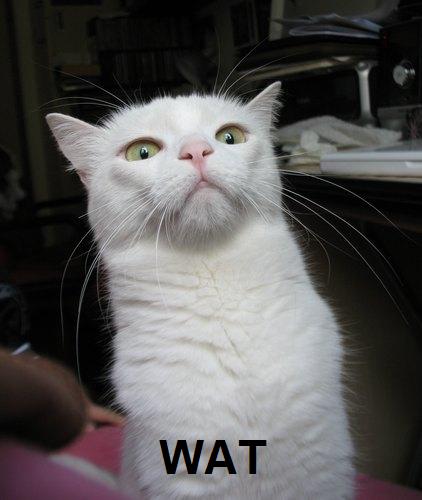So we haven't spoken in a while. How are you doing? That's nice. Anyhooo...
The last time we spoke, I was on my way to Las Vegas and in the midst of some run bad (a.k.a. play bad, downswing, crap burgers). Right before I went to Vegas, my laptop decided to put a stop to my poker playing and overall Internet usage by having an aneurysm. I have been without Internet access (on my laptop) or over a month, 6 weeks to be precise and to be honest I haven't gone through the DTs. I think the time off from poker was good and gave me time to do other things, like reading, exercising, laundry...
I will hold off from getting everyone caught up to date on my life.
So a few days ago I received a new laptop and put Cake poker (juicy stakes) on so that I will be up and ready to roll in to the run good. My family and I had a wonderful Thanksgiving with lots of food and alcohol. Today I was given a day off and decided to make a trek out to the local casino for some hot 1-2 live NLHE action. The first 2 hours were quite stale and pretty soon I was down $180. I didn't lose any huge pots, just constantly missing flops and having other players call my c-bets. Finally I was dealt AQ suited in LP and raised 3 limpers to $12. I flopped top 2 pair and had the UTG limper donk in to me for about 1/2 the pot. I min raised and he called only to donk the turn which was a low brick card. the pot had grown and I just raised all in. He thought for a moment and called with his worse 2 pair. The river was kind and I got back to even. That's why you don't limp call a raise preflop with A5o out of position. An orbit later I pick up JJ in MP and raise to open to $10. I get one CCer on the button and the SB, a bad LPP 3 bets to $30. I have the 2 villains covered (SB just by a little) and decide to call and see the flop. The button obliges and WHAMO- Jc 6c 3s. The SB C-bets $50 and I am in no mood to call with a flush draw out there. I raise to $100 and the SB calls with a confused look on his face. I am now putting him on pocket 10s, or Queens through Aces. There's a chance he could have AcKc here because he's a passive player without the present nuts, but that doesn't matter because I flopped a monster.
The pot now has $290 in the middle and there's no way I am doing anything, but shoving just about any turn if given the chance. The turn is the 5c and SB checks. I go all-in and he is dumbfounded. I can only put him on an overpair and more likely than not, he has a big club in his hand which must be the only reason he's even considering this call. By the way I have played this hand, I have a set or a King high flush at least. How can he consider this call with a non-club overpair? Well, he takes 5 minutes and even asks if I will show after folding. I don't respond and he unhappily folds. I give him a little consolation by saying that I had him beat. He tells me that he had pocket Queens with no club.
Anyways, I end my 4 hour session soon after and leave up $170 which is nice.
Hopefully this will be signs of good poker things to come because October sucked some major donkey balls for my NLHE game. The good news is that I am still learning and have been getting much better at not tilting. Just let the game come to you, don't force it.
Have fun and I will talk to you soon.



